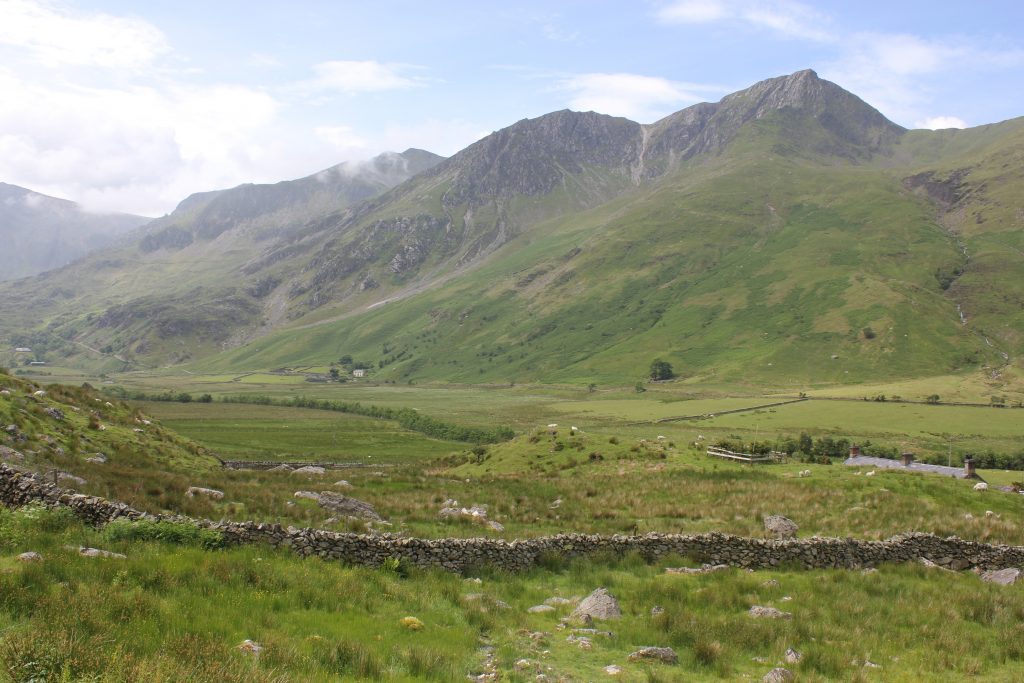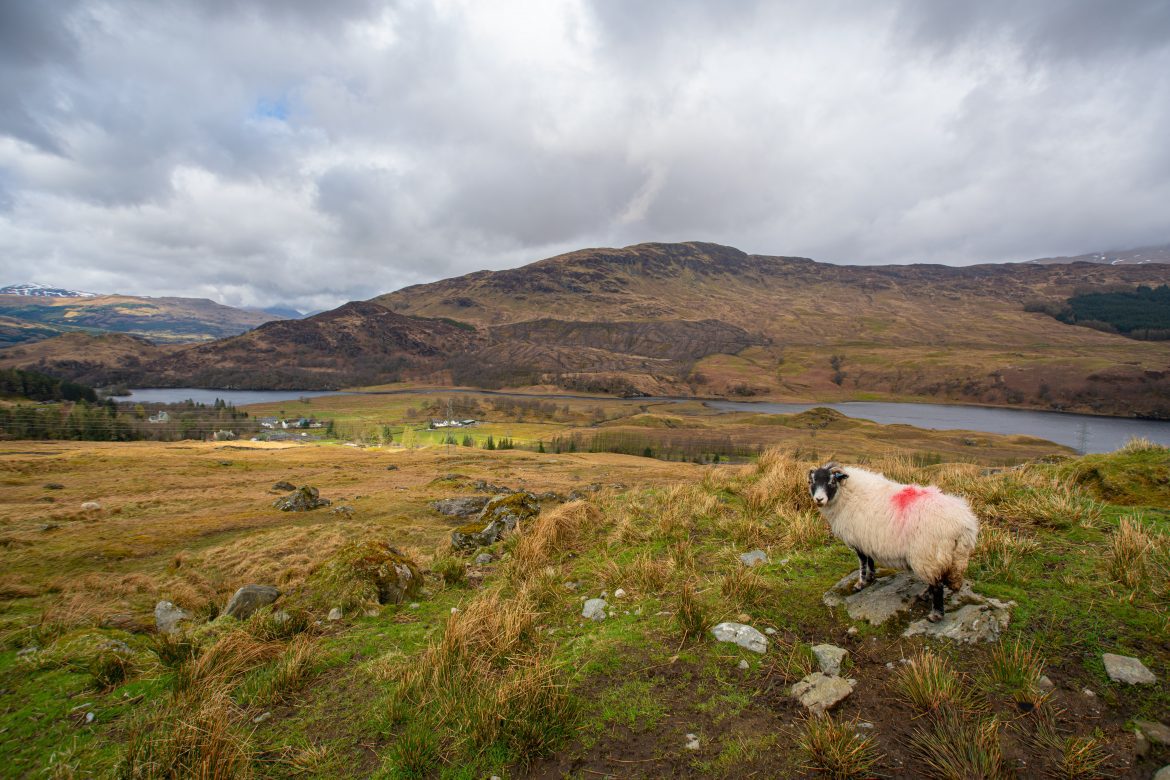THE BEST NATURAL NATURE PARKS IN THE UK
Preserved public lands have been shown to enhance water quality, protect
groundwater, avoid floods; improve air quality; offer vegetative buffers to
development; generate a habitat for animals; allow children and families to interact
with nature; and increase the quality of the air we breathe. A park can have grassy
fields, rocks, soil, trees, buildings, and other artifacts like fountains or playground
equipment. Playgrounds for sports like baseball and football and paved areas for
activities like basketball are typical in parks.
In this article we will discuss some best nature parks in the UK:
Northumberland, the best national park in England:
With an overall score of 90%, Northumberland topped our list of the best places to
visit in the UK. Because it was the least visited, this park received a perfect score
for quietness. If you want some peace, go to the lovely Cheviot Hills. Despite the
general tranquility, there is still a lot to see and do in the park.
The government has designated the park as having a black sky, making it ideal for
nighttime stargazing. Trails meander through forests, old hill forts, castle remnants,
and even along Hadrian’s Wall. ‘I enjoy the quality of light and the calmness there,’
stated one member. Among the people, it’s easy to discover that elusive sensation
of solitude.
Snowdonia, Wales:
Snowdonia National Park, the countries second-largest, was created in 1951. About
827 square miles (2140 square kilometers) and a 37-mile-long shoreline make up
its total area (60 km). The Snowdonia National Park Authority, which comprises
members from the local government and the Welsh-speaking community, oversees
the Snowdonia Park in Wales Gwynedd.
The northernmost portions of Snowdonia include the Snowdon Massif, the
Glyderau, and the Carneddau mountains, while the second half consists of the
Moel Siabod, Moelwynion, and Cnicht peaks. The southernmost regions of
Snowdonia include the Snowdon Valley.
Rhinogydd and Magnet, two very inaccessible sites, round out the list, while Dyfi
and Aran Fawddwy Mountain, the highest point in the United Kingdom, round out
the list. Snowdonia is well recognized as a hiking destination because of its
abundance of safe and beautiful mountains.
The Cairngorms, Scotland:
In the Cairngorms, Scotland’s most beloved national park, you’ll find five of the
country’s six highest peaks, making it almost double the size of the Lake District.
The possibility of summit snow, even in the height of July, draws seasoned hikers
and climbers. You’ll discover mountain biking routes, bungee jumping, and ski
slopes in the area if you’re looking for something more extreme.
Deer and red squirrels may be seen roaming the pine forests in the distance.
Heather-covered moorland and winding rivers are just some sights you’ll see as
you explore the area. Given how beautiful the environment is, its little surprise the
film received five out of a possible five stars.
Yorkshire Dales
There are 683 square miles in the Dales, a highland territory of North Yorkshire
and Cumbria in England (1769 square km). This rolling hills and valleys area,
rising from the Vale of York up to the Pennine watershed, was formed in 1954 by
the Ministry of Agriculture and Rural Development. Millstone Grit-capped three
peaks, deep valleys, limestone vistas, and a vast Moorland plateau are some of the
region’s most notable natural features.
Glacial and post-glacial landforms and post-glacial lakes like Malham Tarn and
Semerwater are other well-known features of the Dales. The vast majority of
visitors to the Yorkshire Dales are sightseers, with a small number of hikers
making up the remainder.
Peak District:
England’s oldest national park, located halfway between Manchester and Sheffield,
features a rougher side and a softer side. Here in the north, you’ll find the wind-
whipped moorland and stunning cliffs like Kinder Scout, the highest plateau in the
Peak District. The White Peak’s lower, more meadow-covered dales may be found
by traveling south. Take a stroll across the Ecclesbourne Valley to see both.
South Downs
When the South Downs became a fully functioning National Park in 2011, it
became the South Downs National Park. The park, located in East Sussex,
Hampshire, and West Sussex, is administered by the South Downs National Park
Authority and spans 633.6 square miles (1641 square kilometers). During the Late
Cretaceous Epoch, chalk was created. The park was designed to protect the area’s
natural resources, boost animal habitats, and increase tourism. These three
geological elements combine to form the South Downs Park.
The Broads National Park:
In the Broads National Park, you won’t find any marble castles or baroque bridges
but rather countless streams that weave in and out of each other. You’ll get the
most incredible view of this peaceful marsh on a boat, which is home to some of
Britain’s most elusive birds and butterflies. Twenty-five kilometers of them
meander through quaint villages, beautiful meadows, and centuries-old
monasteries.
Winterton-on-Sea is one of the most stunning communities in the United Kingdom,
situated between the natural splendor of the Norfolk Broads and the wide sandy
beaches beyond. An old 14th-century church sits among traditional thatched homes
on the craggy shore.

Brecon Beacons National park:
Many of the United Kingdom’s national parks are known for their cultural
significance and hiking trails. As a result, this idyllic region of South Wales, with
its 835 square miles of broad valleys, ancient woodlands, and sharp mountaintops,
is also the site of the renowned Hay Festival. This annual gathering brings together
some of the most exciting literary and artistic talents from around the world in a
tented village. All year long, Pen Y Fan, a particularly picturesque mountain,
attracts most visitors and hikers to the area.
This national park has some of the most incredible astronomy opportunities in
Western Europe. This lovely area of Britain (where sheep outnumber humans) is a
sparkling treat for those who choose to experience it in the most exemplary
conceivable fashion: beneath the canvas.
Loch Lomond and the Trossachs:
You’d be excused for thinking you’d be getting a little city break and some rolling
meadows about an hour outside of Glasgow, Scotland’s largest city. There will be
mirrored lochs, majestic straths, and one of the most beautiful sections of Scotland
for you to enjoy in its place.
Put on your hiking boots, for this national park is home to 21 Munros and 22 lochs
worth exploring. Loch Lomond and the Trossachs National Area may be accessed
by day trip from Glasgow, but if you want to remain in the park, you can go wild
camping or stay in one of the numerous neighboring settlements. Lunch, snacks,
and water are essential for a successful Munro-climbing experience.
THE BEST NATURAL NATURE PARKS IN THE UK
Photo by C H: https://www.pexels.com/









